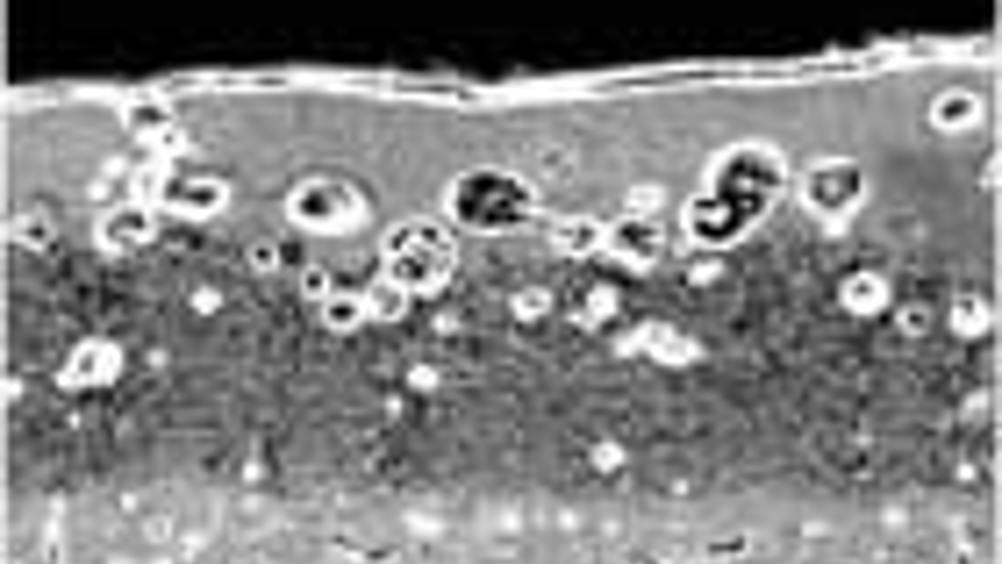Jet engines take the heat
Ohio State University engineers are developing a technology to coat jet engine turbine blades with zirconium dioxide to combat corrosion.

Ohio State University engineers are developing a technology to coat jet engine turbine blades with zirconium dioxide - commonly called zirconia, the stuff of synthetic diamonds - to combat high-temperature corrosion.
The zirconia chemically converts sand and other corrosive particles that build up on the blade into a new, protective outer coating. In effect, the surface of the engine blade constantly renews itself.
Ultimately, the technology could enable manufacturers to use new kinds of heat-resistant materials in engine blades, so that engines will be able to run hotter and more efficiently.
Nitin Padture, Prof of materials science and engineering at Ohio State, said that he had military aircraft in mind when he began the project. He was then a professor at the University of Connecticut.
'In the desert, sand is sucked into the engines during takeoffs and landings,' he said, 'but even commercial aircraft and power turbines encounter small bits of sand or other particles, and those particles damage turbine blades.'
Register now to continue reading
Thanks for visiting The Engineer. You’ve now reached your monthly limit of news stories. Register for free to unlock unlimited access to all of our news coverage, as well as premium content including opinion, in-depth features and special reports.
Benefits of registering
-
In-depth insights and coverage of key emerging trends
-
Unrestricted access to special reports throughout the year
-
Daily technology news delivered straight to your inbox










Water Sector Talent Exodus Could Cripple The Sector
Well let´s do a little experiment. My last (10.4.25) half-yearly water/waste water bill from Severn Trent was £98.29. How much does not-for-profit Dŵr...